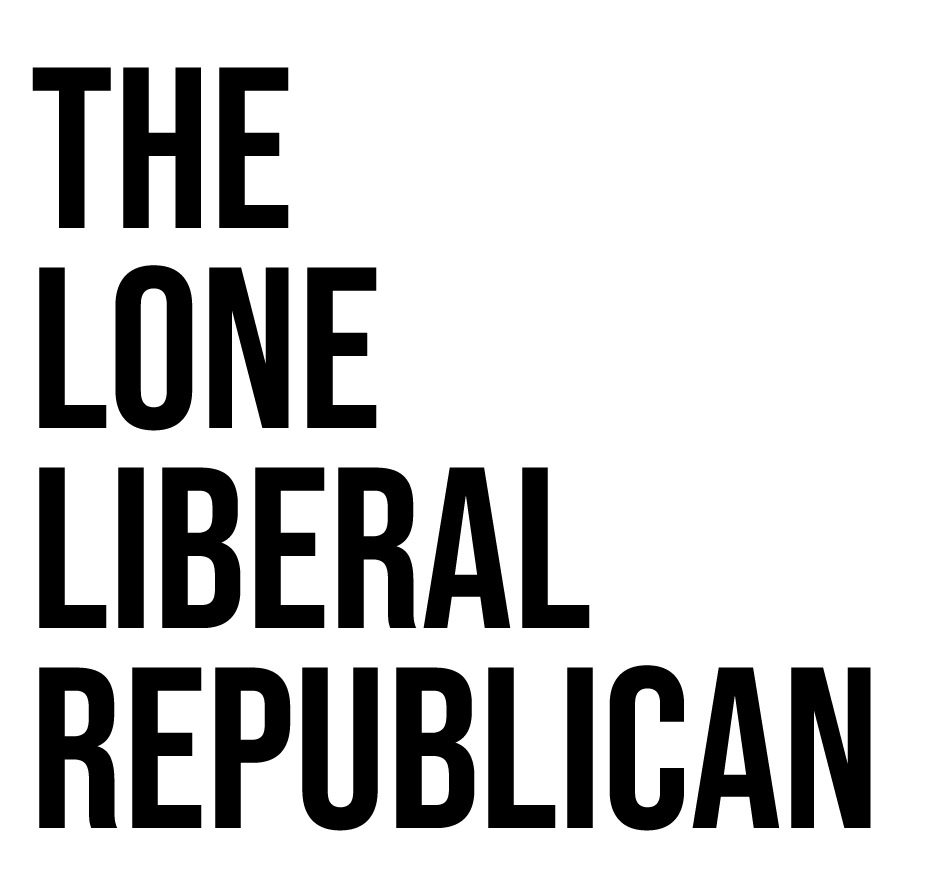The Great Demographic Illusion (2020)
To Understand What Is Happening Now, We Can Look to the Past: The “Mainstreaming” of American Minorities, Part 2
One of the main purposes of these posts, sourced mostly from the three books whose covers are shown on the posts, is to help build a more comprehensive understanding of the complexities of race in America today. I also hope that many readers will find the posts to be less polarizing than so much of what we see on the subject from the media and politicians, which often is intended to rile us up and drive us further into our respective political corners. The goal of these posts, like most Lone Liberal Republican posts, is to work towards more sensible, pragmatic and consensus-oriented discussions about difficult issues that America faces today, like race.
More interesting and thought-provoking material from The Great Demographic Illusion: Majority, Minority and the Expanding American Mainstream:
● “[T]here are powerful reasons to be skeptical about this demographic imagining of the present and the near future [as inherently divisive]: it assumes a rigidity to racial and ethnic boundaries that has not been characteristic of the American experience with immigration. As a nation, we have been here before. A century ago, when immigration from southern and eastern Europe was at its zenith, bringing masses of southern Italian and Polish Catholics and eastern European Jews to Ellis Island, there was a spasm of near-hysteria in the white Protestant elite about the superior racial characteristics of native white Americans being submerged by the numbers and fertility of these inferiors.”
● “The quarter-century following World War II was the key period for the assimilation [Note: “acculturation” is a more preferred term today] —the full incorporation into the mainstream—of the so-called white ethnics: the second- and third-generation descendants of Catholic, Jewish, and Orthodox immigrants who arrived in the United States in the late nineteenth and early twentieth centuries… Adding Jews and Catholics to the dominant group expanded it by almost 50 percent.”
● “Religious divisions, especially between Catholics and Protestants, were of long standing, going back to the colonial period, and intensely felt. During the nineteenth and early twentieth centuries, anti-Catholicism was a major political, cultural, and intellectual force in American life, as white Protestant Americans feared that their society and its democratic institutions would be submerged under the flood of largely Catholic immigrants, coming first from Ireland and Germany and later from Italy, the Catholic parts of the Austro-Hungarian and Russian empires, and Mexico… Anti-Catholic sentiments more generally contributed importantly to the decades-long drive to restrict immigration, which succeeded in the 1920s and imposed discriminatory national-origins quotas on the southern and eastern Europeans, and to the resurrection of the Ku Klux Klan during the 1920s.” [Note: there was still significant anti-Catholic sentiment in America when John F. Kennedy ran for President in 1960.]
● [But] “these white ethnics, despite being discriminated against, were on the right side of the color line when it came to the racially differentiated consequences of New and Fair Deal policies, exemplified by the Federal Housing Authority, the Social Security Act, and the GI Bill, all of which gave critical advantages to ethnic whites that were withheld from most African Americans... The original Social Security Act of 1935 had pernicious consequences for blacks because its pension provisions left out agricultural work and domestic service, where many of them but few whites labored.”
● “This postwar expansion enabled upwardly mobile ethnics to leave urban enclaves and to participate in the Euro-American mixing occurring in the newly developing suburbs. At the same time, by redlining areas that were occupied by African Americans or that might be occupied by them, these policies reinforced residential segregation. Ultimately, they contributed mightily to the huge present-day wealth discrepancies between whites and blacks because of the large role played by homeownership in the intergenerational wealth accumulation of many whites. African Americans were excluded from the suburban melting pot by federal policies that greatly restricted home loans to blacks and by the white-only policies of many developers.”
● “But for whites the suburb was a crucible for mixing, especially since so many suburban whites were married couples raising children. Second-and third-generation ethnics came into contact in schools and neighborhoods with a variety of others, some of them ethnics from other groups and some of them native white Protestants.”
● “To be sure, resistance by native white Protestants to the rising white ethnics did not simply melt away in the postwar period. The social ascent of massive numbers of ethnics was contested, but not successfully blocked, as it would have been earlier in the century.”
● “The third leg of the assimilation stool for white ethnics in the mid-twentieth century was a cultural transmutation—the upgrading of their moral worth through the representation of the World War II experience in journalism, literature, and film… Black Panther is among the ten highest-grossing films on a worldwide basis. Whether the exposure to diversity in the early twenty-first century has the same humanizing impact that exposure to European-American diversity had after World War II remains to be seen.” [Note: Ditto for the effects of the movie Hidden Figures, which unlike Black Panther is based on a true story.]
* * * *
If you find the subject matter in these The Mainstreaming of Minorities posts interesting, check out this link to the late Arthur Schlesinger’s book The Disuniting of America, foreshadowing the difficult place identity politics would lead us. (I used to get scolded for suggesting people read it.) All twelve of the posts can be found in the “For Those With More Academic Interests” section on the Lone Liberal Republican website.
As always, thanks for reading and sharing, and be well.

